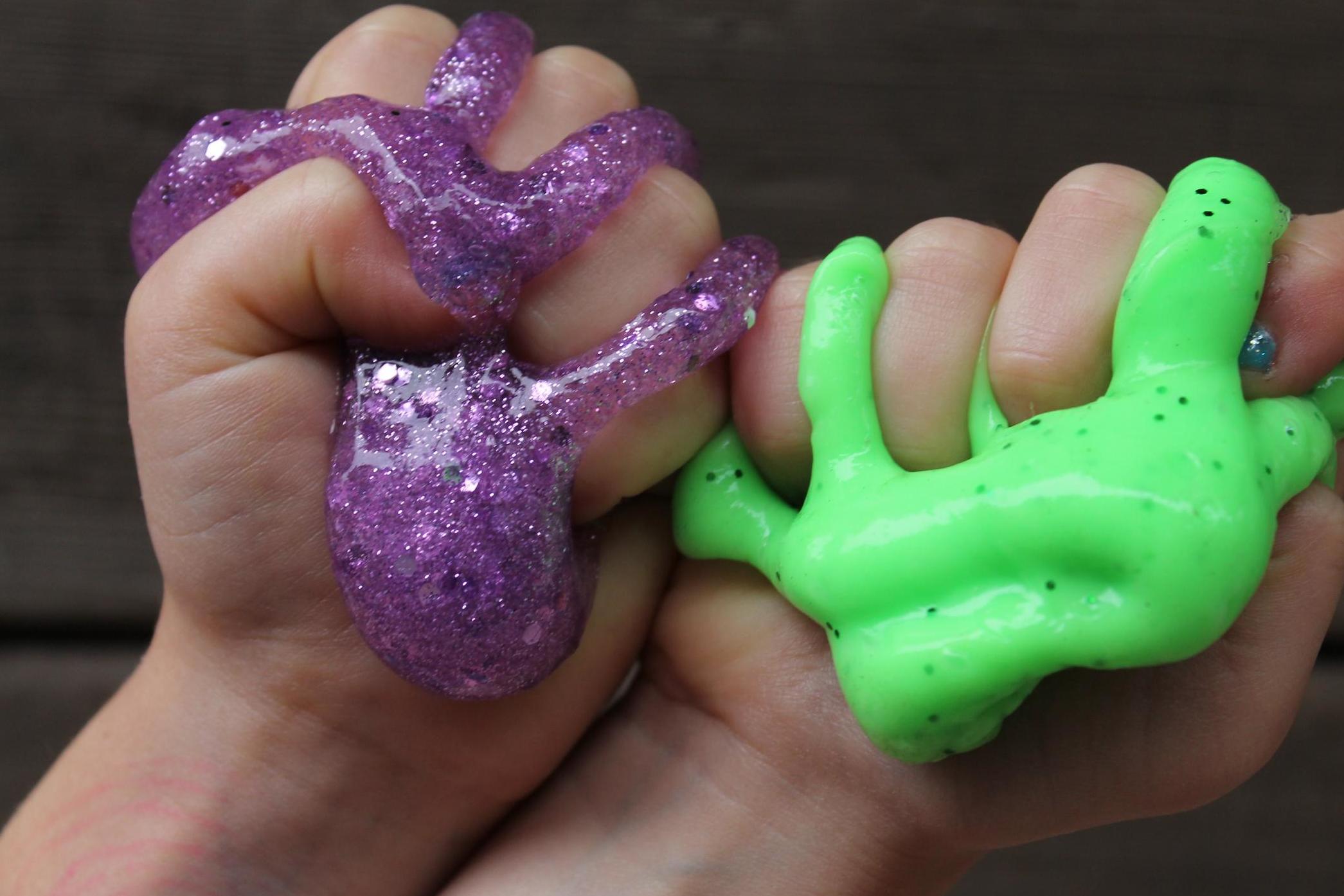What is slime and is it dangerous?
Exposure to high levels of a chemical found in slime can cause vomiting, cramps and irritation

Your support helps us to tell the story
From reproductive rights to climate change to Big Tech, The Independent is on the ground when the story is developing. Whether it's investigating the financials of Elon Musk's pro-Trump PAC or producing our latest documentary, 'The A Word', which shines a light on the American women fighting for reproductive rights, we know how important it is to parse out the facts from the messaging.
At such a critical moment in US history, we need reporters on the ground. Your donation allows us to keep sending journalists to speak to both sides of the story.
The Independent is trusted by Americans across the entire political spectrum. And unlike many other quality news outlets, we choose not to lock Americans out of our reporting and analysis with paywalls. We believe quality journalism should be available to everyone, paid for by those who can afford it.
Your support makes all the difference.Slime products have surged in popularity in the last year.
Thanks to its enchanting appearance and delightfully malleable texture, it's one of the most popular toys amongst children.
But recent reports have revealed that slime-based toys could be causing more harm than good, containing high levels of a chemical linked to convulsions, diarrhoea and impaired fertility.
Here's everything you need to know about slime.
What is it?
Slime is a gooey, sticky substance made by mixing a compound called sodium Borate, or Borax, with water.
It has a thick, glue-like texture and can be made in a variety of colours.
Where did it come from?
Originally a toy manufactured by leading retailers Mattel, slime first came onto the scene in 1976 and was made primarily from guar gum, a powdered product extracted from guar beans.
Since then, a number of variations have been created, some multi-coloured and some glittery, with eye-catching and strangely addictive videos of people playing with slime often going viral online.
Why is it dangerous?
Parents have been warned that a large number of children’s slime-based toys could contain more than four times the EU safety limit of a chemical called Boron.
After conducting an investigation, consumer group Which? found that eight out of 11 commonly-bought slime products breached EU regulations due to the amount of Boron they contain.
Consequently, the consumer company is advising parents to “approach slime with caution” and has urged them to be wary of homemade alternatives too, as some of they often call for borax, made up of Boron, which is often used as a cleaning product and has been linked to causing serious burns in children.
According to Which?, excessive levels of Boron may also cause vomiting, cramps and irritation and the European Commission warns that high levels may also adversely affect fertility.
Nikki Stopford, director of research and publishing at Which?, said: "‘If you have school-age kids, you’re probably very well aware of the latest slime craze sweeping the playgrounds. Kids love it.
“Parents buying slime for their children should have peace of mind that these toys are safe, so they will be shocked to find that the health of their children could be put at risk by these slimes.
"There must be fundamental changes to the product safety system.
"Manufacturers must stop making unsafe products and the government and retailers simply have to do a far better job of getting anything identified as a risk off the shelves and out of people's homes."
Which are the most harmful?
Of the products tested, the worst slime toy in terms of Boron levels was identified as Toysmith Jupiter Juice, which contains 1,400mg/kg of Boron - more than four times over the permitted level of 300mg/kg.
This was followed by CCINEE Pink Fluffy Slime, containing 1,000mg/kg and Cosoro Dodolu Crystal Slime Magic, which contains 980mg/kg.
Can you still buy them?
Each of the eight toys identified as not meeting EU safety measures were available on Amazon, however, the retailer has since removed them from its UK site, although some are still available to purchase on its US site.
“All Marketplace sellers must follow our selling guidelines and those who don’t will be subject to action, including potential removal of their account. The products in question are no longer available,” Amazon said in a statement.
Are there any safe alternatives?
While the conventional Borax-based recipes are best to be avoided, there are natural slimes that parents can make with their children, though the texture will be notably different.
For example, parenting blog Cool Mom Picks lists a number of different recipes for safe homemade slimes using cornstarch, chia seeds and gelatin.
Each is distinct in colour and texture but all are free from toxic chemicals and some are even edible.
Join our commenting forum
Join thought-provoking conversations, follow other Independent readers and see their replies
Comments